The boffins in the DXOMark labs have always put all kinds of new camera smartphones through their paces. This is a website that is renown for calls itself “an independent benchmark that scientifically assesses smartphones, lenses and cameras” and most smartphone makers are proud to quote it whenever their smartphones come up on top.
I have a saying the best camera smartphone is always the one that you have in your pocket since that’s the only option you have — but with bench-marking sites like DXOMark, you can get the feel of the best in class. Don’t be surprised with the score as some phones could be good in photography and another could be way better in video. The results given by DXOMark are always aggregated results.
Here are the top 10 camera smartphones in 2019 according to DXOMark
1. The Huawei Make 30 Pro
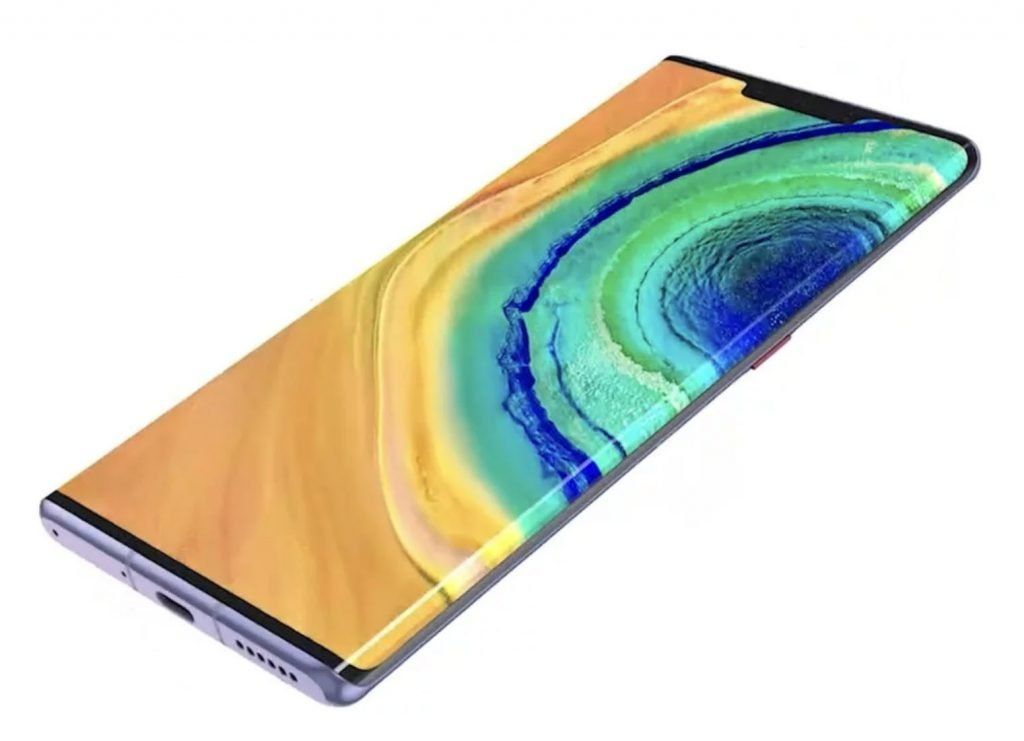
The Huawei Mate 30 Pro is the Chinese manufacturer’s latest flagship smartphone and comes with a 6.53-inch OLED display, a 4,500 mAh battery, and Huawei’s brand-new Kirin 990 chipset. The rear camera features a total of four modules, including a time-of-flight (ToF) sensor for 3D improved depth-sensing in bokeh mode. On paper, the primary camera’s hardware specs are the same as this year’s P30 Pro model, with a 40Mp Quad-Bayer sensor and a f/1.7-aperture lens. But the Mate 30 Pro doesn’t get the P30 Pro’s 5x tele; instead it uses a 3x tele module very similar to what we saw in the (non-Pro) P30. The ultra-wide camera is brand new, however. At 18mm, it is far from the widest we have seen, but has a very large 1/1.54″ sensor, a fast f/1.8 aperture, and unusually, a 3:2 aspect ratio.
2. Xiaomi Mi Note 10/CC9 Pro Premium Edition

The Xiaomi Mi CC9 Pro Premium Edition is Xiaomi’s newest high-end camera smartphone, featuring a 6.47-inch FHD+ AMOLED display, a very large 5260mAh battery and a 2.2GHz octa-core Qualcomm Snapdragon 730G chipset. In the imaging department, it offers a penta-camera setup that should cover a very wide range of photographic applications. The primary wide-angle camera uses a 108MP Quad-Bayer sensor that produces 27MP image output. It is accompanied by a 20MP ultra-wide camera, and not one but two tele-lenses for optimized performance. The short telephoto provides a 2x zoom factor (50mm equivalent), and the long telephoto multiplies the primary camera’s equivalent focal length by approximately 3.5 (94mm-equivalent). There’s also a dedicated macro camera that the DXOMARK Camera test protocol does not cover. Overall the Premium Edition’s camera specification is very similar to the standard mi CC9 Pro but some components differ between the two models.
3. Apple iPhone 11 Pro Max
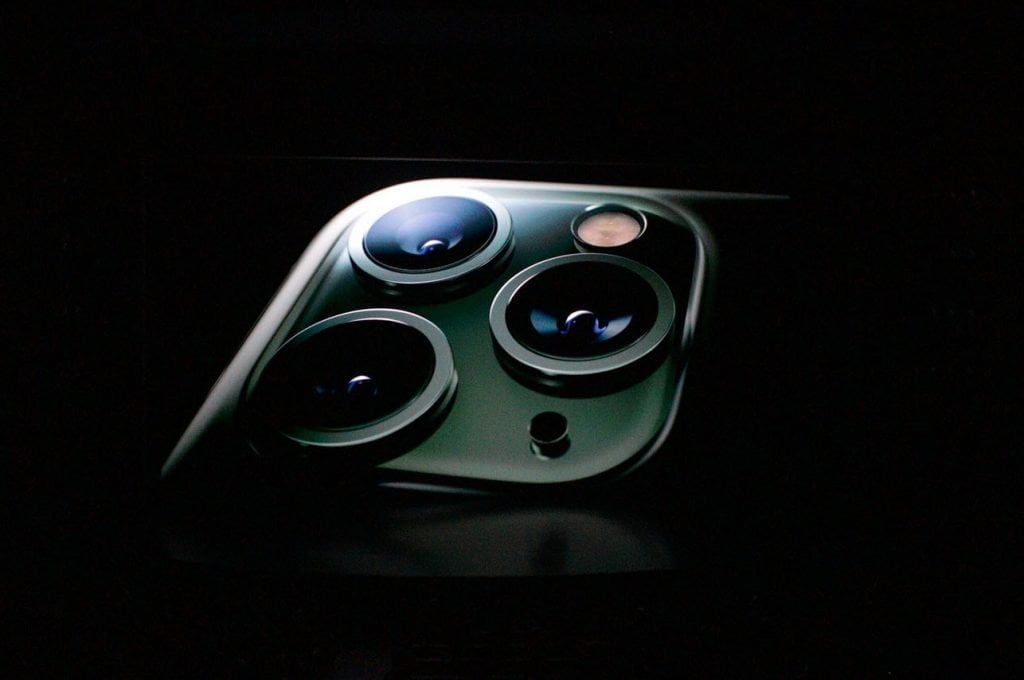
In reality this is phone could have the best photo and video output of 2019. It features a 6.5-inch Super Retina XDR OLED display, Apple’s latest A13 Bionic chipset, and up to 512GB of internal storage. It’s also the first iPhone to come with a triple-camera smartphone setup. Next to the primary wide-angle and the tele-camera, which both offer the same focal length as on the predecessor XS Max, there’s now also an ultra-wide camera with a 13mm-equivalent field of view.
On the image processing side of things, the new Deep Fusion technology uses the chipset’s neural engine and advanced machine learning to perform pixel-by-pixel optimization for better textures, lower noise, and a wider dynamic range.
4. Samsung Galaxy Note 10+
The Samsung Galaxy Note 10+ achieves the highest scores among devices tested so far for both Wide and Night test categories according to DXOMark, thereby increasing its Photo score by 8 points and pushing its DXOMARK Camera overall score to a record high 117 points, up from 113. This means that it’s still ahead of the S10 5G and Huawei P30 Pro.
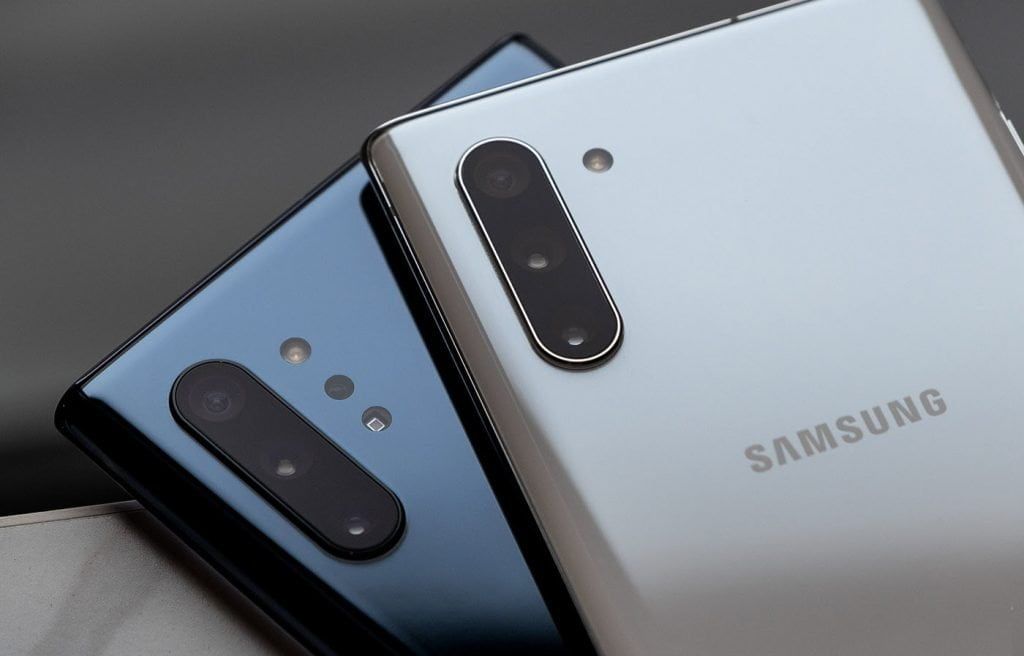
The Samsung’s wide-angle camera delivers the best performance we have seen in outdoor conditions, and is among the best for indoor lighting. At 12mm equivalent, it covers a wider field of view than most of its direct competitors and still manages to produce good image quality across the entire wide zoom range up to 20mm equivalent. Exposure, color, and detail are good in most conditions, and it controls distortion well. Some other artifacts, however, including ringing and chromatic aberrations, can be visible in some situations.
5. Huawei P30 Pro

Released early this year, the Huawei P30 Pro still among the top 5 camera smartphone kings. It comes with a triple-camera setup (quad-camera, if you count the time-of-flight sensor) that offers a plethora of improvements over both previous Huawei high-end devices, the P20 Pro and the Mate 20 Pro.
The primary camera comes with a 1/1.7 40Mp quad sensor that produces 10Mp image output. The 27mm-equivalent lens comes with an f/1.6 aperture and is optically stabilized—a first for this sensor size in a smartphone. There are also a 20Mp super-wide-angle (16mm-equivalent) camera and a stabilized tele-camera that uses folded optics to achieve a 5x optical zoom factor (125mm equivalent).
6. Oppo Reno 10x Zoom

This Chinese manufacturer Oppo has been known for launching camera smartphones with innovative technologies in the past, and its latest flagship, the Oppo Reno 10x Zoom, definitely follows in this tradition. With its periscope-design 5x optical tele-lens, the Reno 10x Zoom is currently one of only two smartphones to offer such a long focal length (the other one being the Huawei P30 Pro). The tele is the Reno’s standout feature, but the rest of the specs are fully worthy of a 2019 high-end smartphone, too. The primary camera uses a 48MP Quad-Bayer sensor in combination with a fast f/1.7-aperture lens, and a 16mm-equivalent ultra-wide camera is on board as well. In video mode, the Oppo is capable of recording 4K-resolution video at up to 60 frames per second.
7. Samsung Galaxy S10 5G

The Galaxy S10 5G is the ultra-premium version of Samsung’s flagship S10 family of camera smartphones, and apart from 5G connectivity, comes with 8GB of RAM and a 6.7-inch, HDR10+ -certified AMOLED display. The main camera system combines a primary 12Mp camera and variable-aperture lens with a 16Mp ultra-wide-angle module and a 12Mp 2x telephoto module. Compared to the standard S10 model, the 5G model also adds a Time-of-Flight (TOF) sensor to assist with bokeh when shooting video as well as with augmented reality applications.
8. OnePlus 7 Pro
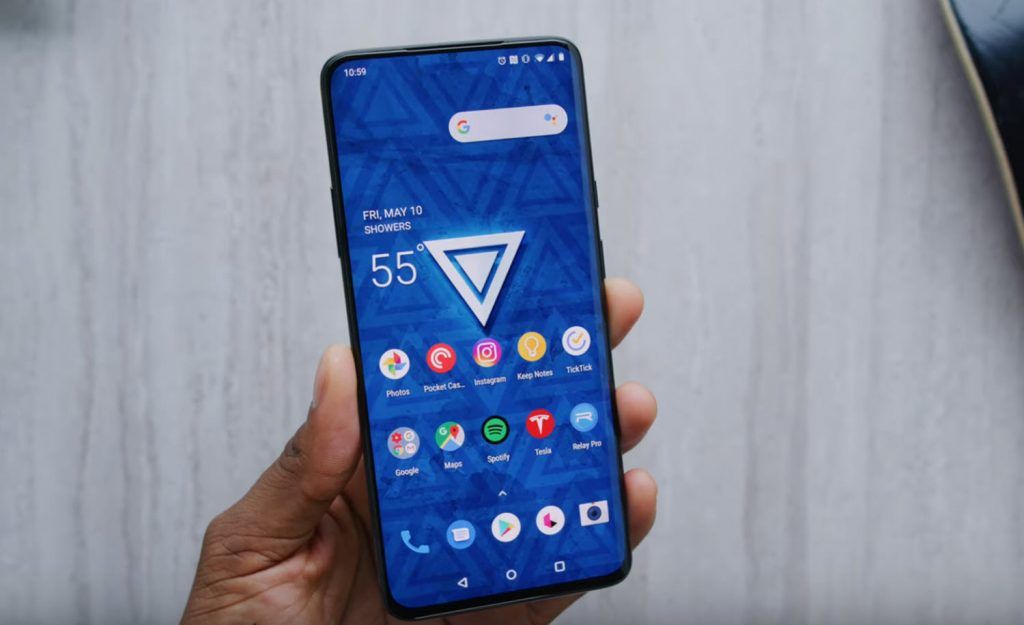
Chinese manufacturer OnePlus released a great flagship in the shape of the OnePlus 7 Pro. The camera in the new model ups the ante over its predecessor by packing a triple-camera smartphone solution with ultra-wide and telephoto lenses.
The primary camera utilizes Sony’s latest IMX586 48Mp Quad-Bayer sensor that combines the signal from four adjacent pixels into one for the final output. So the result is a 12Mp (4000×3000-pixel) resolution final image, but with the promise of improved color, detail, and dynamic range. The ultra-wide lens is coupled to a 16Mp sensor, and there’s an 8Mp sensor dedicated to zoom shots using the tele-lens.
Other features include optical image stabilization on the telephoto and main lenses as well as a combined laser and PDAF autofocus system. In video mode, the OnePlus shoots 4K video at default settings. Read on to discover the scores and the full analysis in our comprehensive review.
9. Honor 20 Pro

The Honor 20 Pro is one of the current flagship phone from Huawei’s budget-friendly sub-brand and comes with an impressive camera smartphone specifications that would not look out of place on premium models from more established brands. The device’s quad-camera setup includes a 48Mp stabilized primary camera with an ultra-fast F1.4 aperture, a 3x telephoto lens option and a 16Mp ultra-wide shooter. There’s also a 2Mp dedicated macro camera to complete the set, although this aspect falls outside of our current testing protocol. Image processing and most other device functions are powered by the Hisilicon Kirin 980 chipset, the same as in Huawei’s flagship P30 Pro. Read the full review to find out how the Honor 20 Pro camera performed in our DXOMARK Camera image quality tests.
10. Google Pixel 4
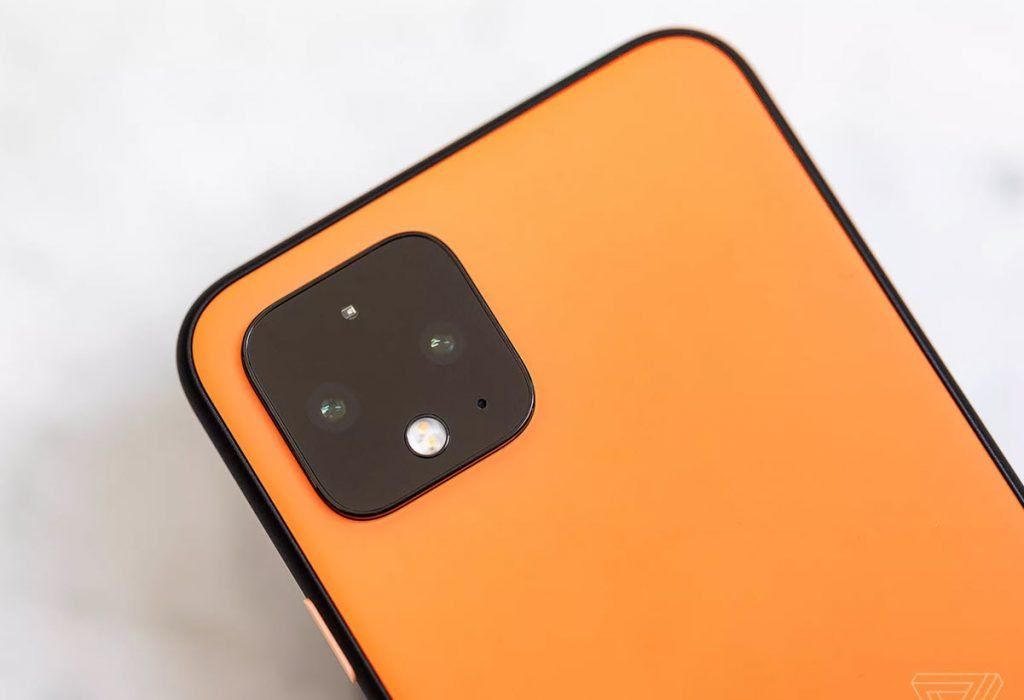
Google has been known to make the best camera smartphones with its Pixel series. In fact Number 10 was supposed to be the Galaxy S10+ but we had to bring in Google for its known camera smartphone prowess. The Pixel 4 is the first Google device to feature a dual-cam setup,that implements both standard-wide and tele-lens cameras (but no ultra-wide) on the rear, with a single-lens camera on the front, essentially switching around the camera configuration from the Pixel 3.
The primary camera is built around a 1/2.55-inch sensor with 12.2Mp resolution and 1.4µm pixels, coupled to a 27mm-equivalent f/1.7 lens with optical image stabilization. Its second shooter features a 50mm-equivalent tele-lens, providing around a x2 optical magnification for zoom shots, with a 16Mp 1/3.6-inch sensor capturing the images.
The Pixel 4 has sophisticated software processing and computational photography that has always helped Pixel camera smartphones rank well.
The among the top 20 best camera smartphones according to DXOMark also has phones like the; Samsung Galaxy S10+, Huawei Mate 20 Pro, Xiaomi Mi 9, Huawei P20 Pro , Apple iPhone XS Max, Asus ZenFone 6, HTC U12+, Samsung Galaxy Note 9, Xiaomi Mi MIX 3 and Google Pixel 3.

